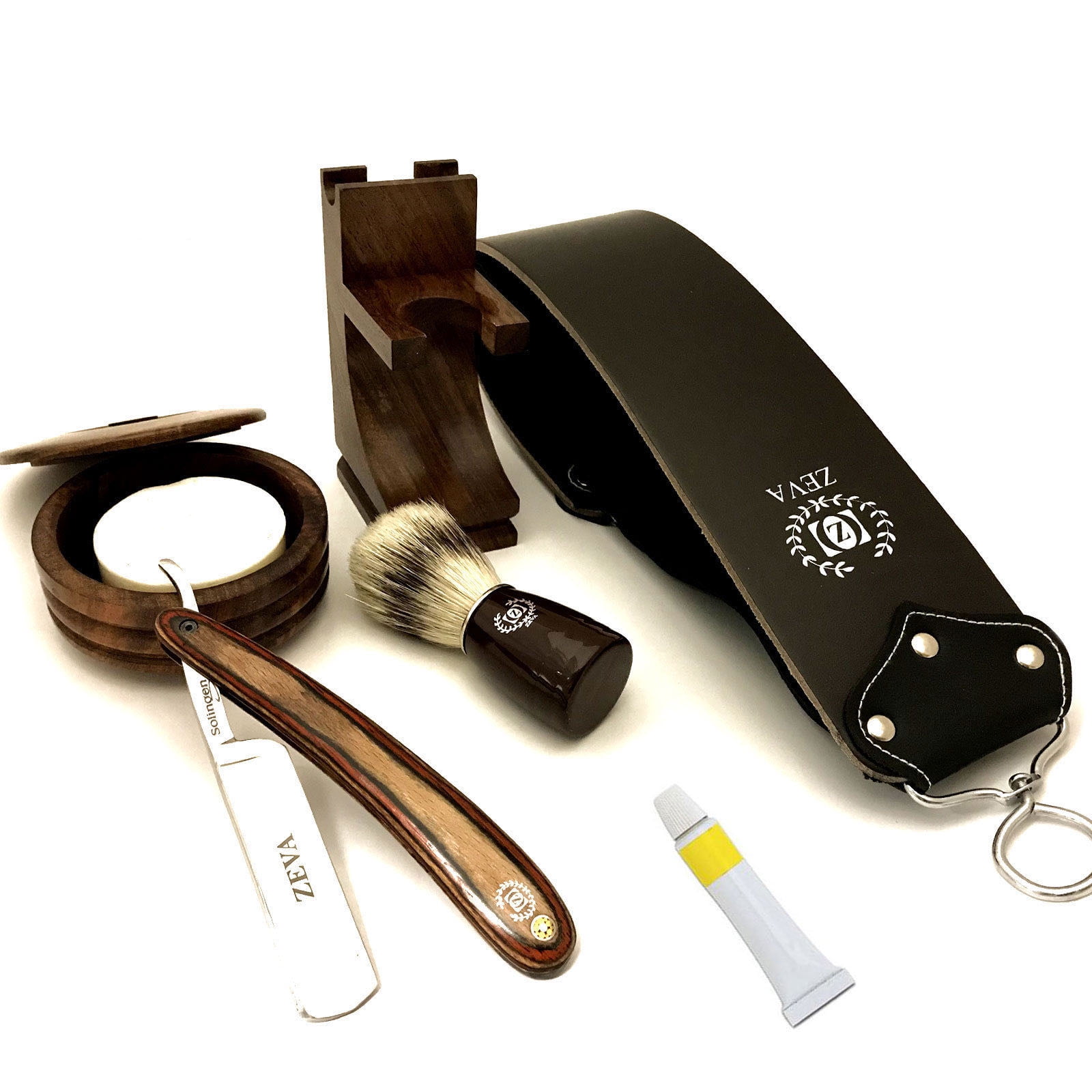9 Simple Techniques For "Exploring the History and Evolution of Straight Razors"

Exploring the Record and Evolution of Straight Razors
Upright razor blades, likewise known as cut-throat razor blades or available razor blades, possess a lengthy and fascinating background that dates back centuries. These timeless grooming tools have viewed notable adjustments in design and level of popularity over time. In this write-up, we will certainly dig into the sources of straight shavers, their development, and their surviving allure.
The background of upright razor blades can easily be outlined back to old opportunities. Early human beings such as the Egyptians, Greeks, and Romans used sharpened layers or flint to trim their face hair. Nonetheless, it was throughout the Middle Ages that the forerunner to the modern-day upright razor emerged - the folding shaver.
The folding razor included a cutter that could possibly be safely folded into its handle when not in use. This technology made it simpler for individuals to hold their shavers without anxiety of unintended cuts or damages. The folding shaver became well-known throughout Europe throughout this duration.
Through the 17th century, hair salons became widespread all over Europe and straight shavers became an necessary device for professional barbers. These early cutters were helped make from carbon steel and required frequent honing on a natural leather strop to maintain bite. The skill-set required for shaving with a upright razor led to barbers being extremely respected participants of society.

The 18th century saw advancements in blade manufacturing procedures along with improved mood methods resulting in even sharper cutters. Sheffield, England ended up being popular for producing high-quality steel blades that were transported worldwide. Related Source Here became synonymous along with superb craftsmanship in straight razor blades.
Throughout the 19th century, technological developments sped up the advancement of straight shavers. In 1825, brothers Jean-Jacques Perret and Charles-Henri Perret developed void grinding techniques that allowed for thinner cutters along with boosted flexibility while maintaining intensity. This advancement transformed shaver manufacturing through creating them much more effective and budget-friendly.
With automation happened mass creation methods, helping make straight razors even more available to the basic people. The growth of safety and security shavers in the early 20th century shown an option to upright razors. Safety shavers featured replaceable cutters, getting rid of the need for refining and stropping. This innovation led to a decrease in the attraction of straight shavers.
Nevertheless, despite the appearance of security razor blades and later electricity electric shavers, straight razors carried on to keep a special area one of traditionalists and enthusiasts. Straight shaver shaving ended up being a symbolic representation of manliness, beauty, and craftsmanship.
In latest years, there has been a revival of rate of interest in standard grooming techniques, leading to a revitalized respect for upright razor blades. Many individuals have rediscovered the pleasures of using these enduring devices and take pleasure in the ritualistic take in they offer.
Today, modern manufacturing procedures have better enhanced the premium and durability of upright razor cutters. High-quality stainless steel steel cutters use superior accuracy while requiring low routine maintenance. Furthermore, a variety of handle components such as lumber, bone, or synthetic products give customization options for purchasers.
In final thought, exploring the background and evolution of straight shavers discloses their sustaining allure throughout centuries. From historical human beings to contemporary times, these bridegroom tools have developed in style and level of popularity while remaining symbols of heritage and craftsmanship. Whether for individual make use of or as part of a compilation, using a straight razor blade is not merely regarding shaving; it is an encounter that links us with our past times while welcoming timeless sophistication.
Word matter: 554 phrases
